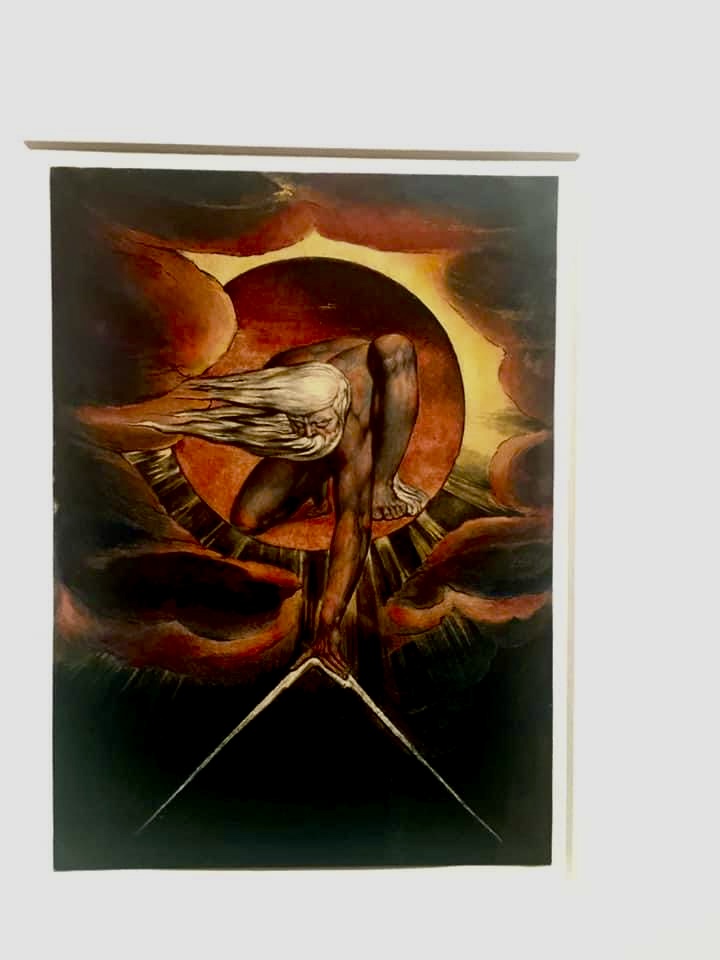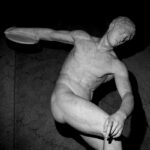William Blake, often recognized as a seminal figure in both the literary and visual arts of the 18th and early 19th centuries, produced masterpieces that are as enigmatic as they are powerful. His contributions to painting and printmaking, much like his poetry, transcend conventional boundaries, delving deep into the realms of mysticism, mythology, and profound emotional expression.

Blake’s paintings are an intricate tapestry of vibrant imagination and intricate symbolism, deeply rooted in his idiosyncratic blend of spirituality and creativity. Unlike his contemporaries, Blake’s art was less an attempt to capture the mundane reality and more a quest to visualize the transcendental and the divine. His approach can be understood as a holistic intertwining of poetic and visual mediums, creating works that are not just illustrations but rather visionary experiences.

One of Blake’s most iconic works, “The Ancient of Days,” epitomizes his visionary artistic style. This piece depicts Urizen, a central figure in Blake’s mythological universe, often representing reason and law. The image of Urizen, measuring the material world with a golden compass, is charged with esoteric significance, reflecting Blake’s critique of rationalism and materialism. The powerful interplay of light and dark in this painting, with its dynamic composition and intense detail, showcases Blake’s mastery in conveying the sublime.

Another significant painting, “Newton,” starkly contrasts the celebrated scientist Sir Isaac Newton with Blake’s own perception of reality. In this piece, Newton is depicted nude, hunched over in contemplation, using a compass to draft geometric forms. The cold, rocky abyss in which he sits, enveloped in darkness, is a stark representation of Blake’s view on the mechanistic and reductionist view of the universe that Newton symbolizes. This painting is a visual sermon against the dangers of viewing the world strictly through empirical and scientific lenses, void of imagination and spirituality.

“The Great Red Dragon” series further exemplifies Blake’s unique expression. Based on the biblical Book of Revelation, these paintings portray the horrifying and awe-inspiring figure of the Great Red Dragon. In these works, Blake explores themes of good versus evil, divine judgment, and the apocalyptic, rendered through a visceral and dramatic aesthetic that captivates and unsettles the viewer. The anatomical precision and intense emotion captured in the dragon’s form demonstrate Blake’s unparalleled ability to fuse the fantastical with the palpable.

His paintings are more than mere artistic creations; they are visual manifestations of his philosophical and theological musings. His works serve as a critique of the Enlightenment’s overemphasis on reason, advocating instead for a harmony between rational thought and creative intuition. This alignment is evident in his illuminated manuscripts, where text and image coalesce into a cohesive whole, each enhancing the meaning of the other.

Despite facing considerable neglect during his lifetime, Blake’s paintings have grown to receive the critical acclaim they rightfully deserve. They are a remarkable testament to the profound depth of his genius. His innovative integration of visual art and poetry continues to inspire and challenge, presenting a unique lens through which to view the complexities of the human spirit and the universe. His legacy, preserved through these powerful works, offers a timeless invitation to look beyond the surface and embrace the expansive possibilities of the imagination.











